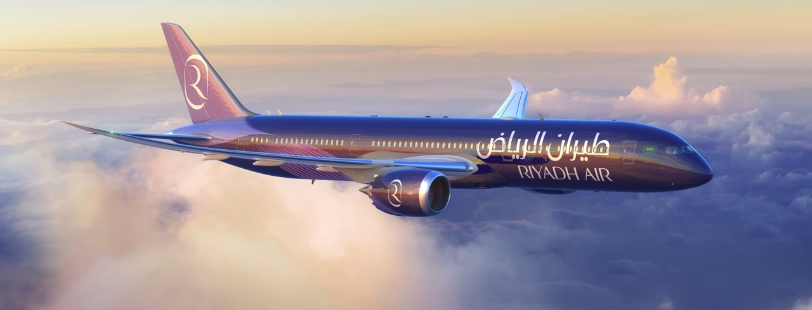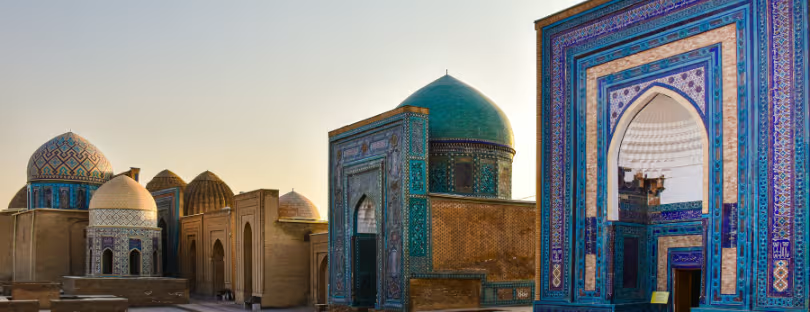
Oneworld Races to Unify Tech Platform Across All 15 Airlines by Year-End
In today’s travel landscape, technology is no longer a support function — it’s the backbone of passenger experience and airline efficiency. Recognizing this, the Oneworld alliance has set an ambitious goal: to integrate all 15 of its member airlines into a shared technology platform by the end of the year. This move is not just about modernizing systems; it’s a critical step in remaining competitive in an industry increasingly defined by seamless digital interactions. From unified mobile boarding passes to integrated bag-tracking and lounge access, Oneworld aims to eliminate the digital fragmentation that has long been a pain point for its passengers — and a weakness compared to rivals SkyTeam and Star Alliance. oneworld digital platform
Initially, Oneworld expects the platform to facilitate cross-airline boarding passes on multi-airline itineraries so that flyers can board flights using whichever airline’s app they prefer.
Later, Oneworld expects the platform to facilitate cross-airline bag tracking and lounge access, said Oneworld CEO Nat Pieper during a press briefing in late June.
Oneworld’s Digital Catch-Up Gains Speed
Oneworld has lagged behind competitors SkyTeam and Star Alliance on cross-airline integrations. SkyTeam, for example, was already facilitating multi-airline check-in last summer on 95% of the group’s global volume, CEO Patrick Roux said at the time.
Pieper said that progress has quickened over the past several months in the alliance, whose largest members are American Airlines, British Airways, Alaska Airlines, Qatar Airways and Japan Airlines. Oneworld’s other members are Cathay Pacific, Fiji Airways, Finnair, Iberia, Malaysia Airlines, Oman Air, Qantas, Royal Air Maroc, Royal Jordanian, and Sri Lankan Airlines.
Malaysia and Sri Lankan became the first two airlines to integrate into the Oneworld common platform last November. Currently, eight airlines have integrated. Oneworld hasn’t made the entire list public, but the largest airline to have done so is Qatar, Pieper said.
Crucially, he said, American and British Airways will be integrated by the end of the summer, boosting momentum and scale. Americans alone account for more than 43% of the seats on offer by Oneworld airlines this month, Cirium schedule data shows.
Pieper says that there is peer pressure between Oneworld CEOs to integrate into the platform.
“Once you build momentum, others are more willing to produce,” he said.
Final thoughts oneworld digital platform
Oneworld’s accelerated push toward full digital integration is both a strategic necessity and a long-overdue corrective in the competitive landscape of global airline alliances. For years, the alliance has trailed Star Alliance and SkyTeam in delivering the seamless, cross-airline digital experiences that modern travelers expect—such as single-app boarding, baggage tracking, and unified lounge access. While Star Alliance has leaned heavily into tech innovation (with its Digital Spine initiative) and SkyTeam boasts impressive multi-airline check-in capabilities, Oneworld’s fragmented infrastructure has often left its passengers juggling multiple apps and inconsistent service levels.
This new momentum—driven by the integration of Qatar Airways and the forthcoming additions of American Airlines and British Airways—marks a pivotal shift. With American alone representing nearly half of Oneworld’s available seat capacity, its involvement could catalyze the kind of scale needed to standardize tech across the alliance and build critical mass.
What’s more, this move aligns with a broader trend in the aviation sector: digital convergence. Airlines, OTAs, and travel platforms are racing to remove friction from the customer journey through interoperable systems, biometric identity, and mobile-first services. Alliances that fail to enable this level of interoperability risk becoming irrelevant as travelers gravitate toward airline ecosystems that offer simplicity, control, and personalization.
But success won’t be measured solely by the speed of rollout. Oneworld’s long-term competitiveness will depend on execution quality and whether its tech stack enables genuinely better passenger experiences—especially for those on complex itineraries involving multiple carriers. In that sense, this platform isn’t just a digital upgrade; it’s a test of whether Oneworld can reinvent itself as a cohesive network in an era where convenience often trumps loyalty.
Ultimately, Oneworld’s digital unification is less about catching up and more about survival. In an industry where seamless travel is becoming the norm, the alliance’s ability to deliver on this promise will determine whether it remains a relevant force—or fades into a patchwork of disconnected airlines.









